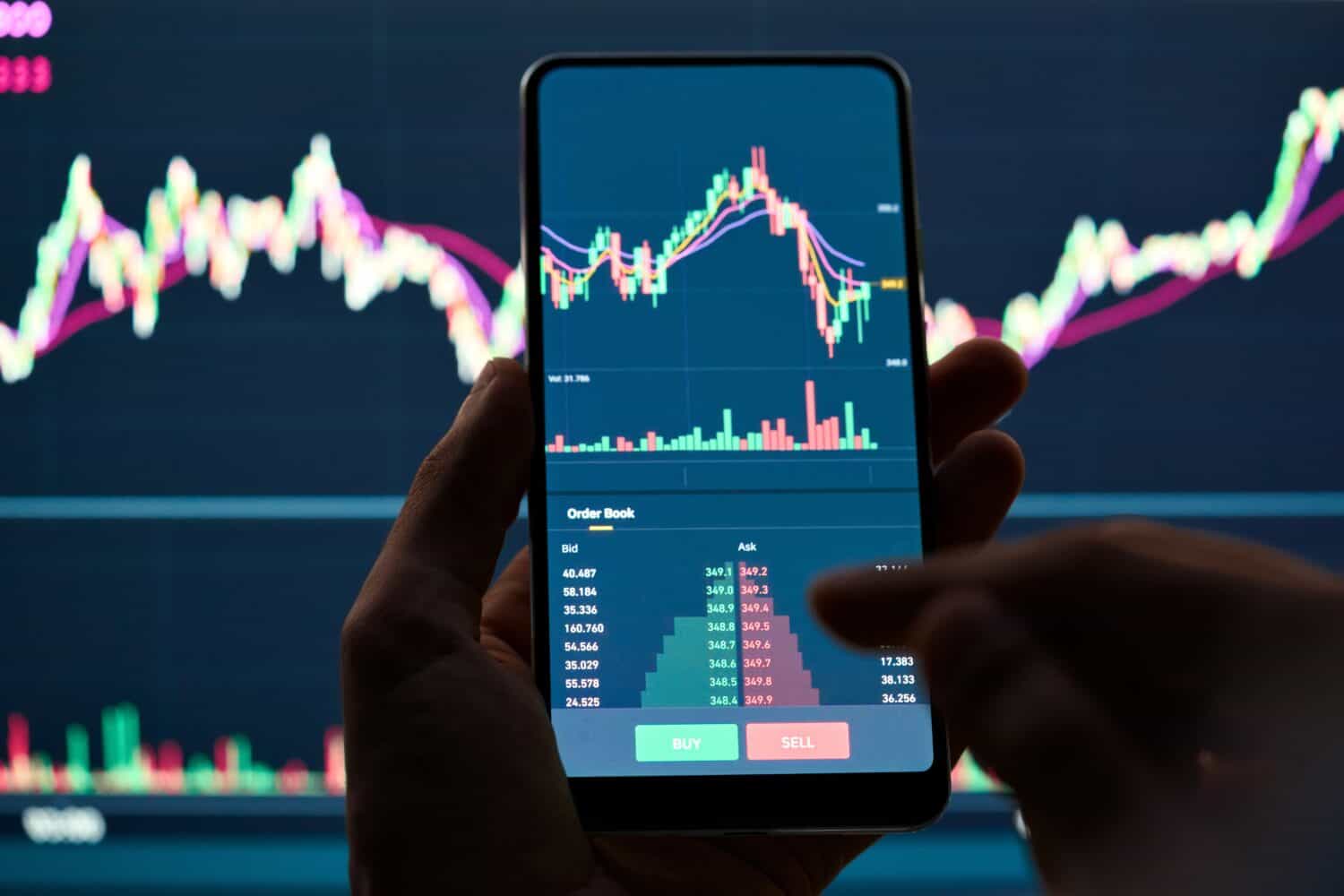Investing
Prediction: Bitcoin's Rise to $100,000 Looks Secured. What About $200,000?

Published:

Bitcoin (CRYPTO:BTC) is the world’s largest cryptocurrency, and is the most closely-watched for most investors. That certainly makes sense, given the token’s recent rise above the key $90,000 level.
In fact, amid strong accumulation trends and ETF inflows, this token breached the $93,500 level to make a new all-time high. Still above the $90,000 level at the time of writing, it does appear that a new all-time high could be in order for this mega-cap token on everyone’s watchlist.
The question of course is what happens after Bitcoin becomes a six-figure token. Will the world’s largest cryptocurrency continue its march toward the $200,000 level? Or will the current crypto sentiment indicators which have signaled “extreme greed” lead to a potential market top?
I don’t have a crystal ball, but I’ll try to dive into some of the bullish and bearish factors that could lead to a surge toward the $200,000 level, while tempering this view with what I see as the most likely path forward for Bitcoin from here.

There are plenty of retail investors out there who continue to focus solely on Bitcoin as a future store of value. Pundits, talking heads, and crypto experts point to the fact that Bitcoin’s status as not only the first but the largest crypto project in the world provides a safe-haven status few other risk assets provide in the crypto sector.
Prominent political figures such as Robert F. Kennedy Jr. have also chimed in with their bullish views on Bitcoin, sometimes investing the majority of their wealth in Bitcoin. Call it the “Michael Saylor effect,” or just the reality among certain investor types, but Bitcoin is clearly in vogue as an asset class and a store of value unlike any other. That much is true.
However, it’s not only retail investors who are clearly aboard the Bitcoin bandwagon. Notable research firms such as Bernstein Research have predicted Bitcoin could reach $200,000 by 2025. In an October note, Bernstein suggested that we could be entering a “new institutional era.” This report focused on Bitcoin mining consolidation and increasing institutional holdings as key drivers of the next leg higher in the Bitcoin bull market, and as reasons why this token could surge to such levels.
Of course, only a fraction of existing Bitcoin trade, and with the recent halving and expected ETF expansions (particularly with a crypto-friendly Trump administration set to take office), a supply/demand imbalance could certainly drive continued upward pressure for Bitcoin prices. And with an October report from JPMorgan linking Bitcoin and gold’s appeal to the “debasement trade” driven by inflation concerns, government deficits, and geopolitical uncertainty, there’s certainly a bull case to be made as to why a $200,000 price target isn’t insane.

As mentioned, Bitcoin’s legitimacy has grown significantly in recent years, fueled by institutional capital flows. These capital flows accelerated last year, due in large part to SEC approvals of spot Bitcoin ETFs (in a very unfriendly Gary Gensler-led SEC). Strong lobbying efforts from many in the crypto community made this possible, and it’s clear that for Bitcoin at least, this is an asset class that’s recognizable and notable. That’s not really up for discussion at this point in time.
The re-election of former president Trump to the White House, and the potential for a Bitcoin reserve to be built (alongside other crypto reforms) is only likely to embolden more capital to seek out Bitcoin as an asset class worth holding. Over the long-term, this has been an asset that has vastly outperformed the overall market, and some fund managers may feel compelled to own this asset, whether they like it or not.
The improved accessibility, liquidity, and market stability driven by these spot ETFs is likely to continue to attract more institutional and retail investors. If that’s the case, and more than 60% of institutional investors continue to hold at least 1% of their portfolio in digital assets, Bitcoin is a clear beneficiary of these trends. I’m of the view that capital inflows into Bitcoin ETFs of all types will be important to watch for investors looking for a fundamental reason to hold this token in the coming years.

Bitcoin faces regulatory uncertainty and competition from altcoins which can offer much more utility in many cases, and the potential for higher gains. However, as an institutional asset class of its own, Bitcoin’s status as the leading cryptocurrency isn’t likely to go away anytime soon. Accordingly, I project this token will continue to retain its status as the most influential and important digital asset for a very long time. A so-called “flippening” is unlikely anytime soon, at least given the tailwinds I’m seeing in the crypto market right now.
Whether it’s because Bitcoin may be viewed as “digital gold,” or because investors simply want to hold some exposure to an asset that can beat the overall market, I do think investors will increasingly add Bitcoin to their portfolios as a diversification ploy.
We’ll have to see how inflows materialize in the coming years, but I do think a $200,000 price target is within the realm of possibility. Bitcoin is a cyclical asset, and it’s one that hasn’t gone through a bear market yet (it was conceived out of the ashes of the GFC), so we’ll have to see what happens when we do get the next recession. But at least for now, I can see why so many investors are adding exposure to Bitcoin, and what the key drivers are here.
$200,000, here we come.
Thank you for reading! Have some feedback for us?
Contact the 24/7 Wall St. editorial team.